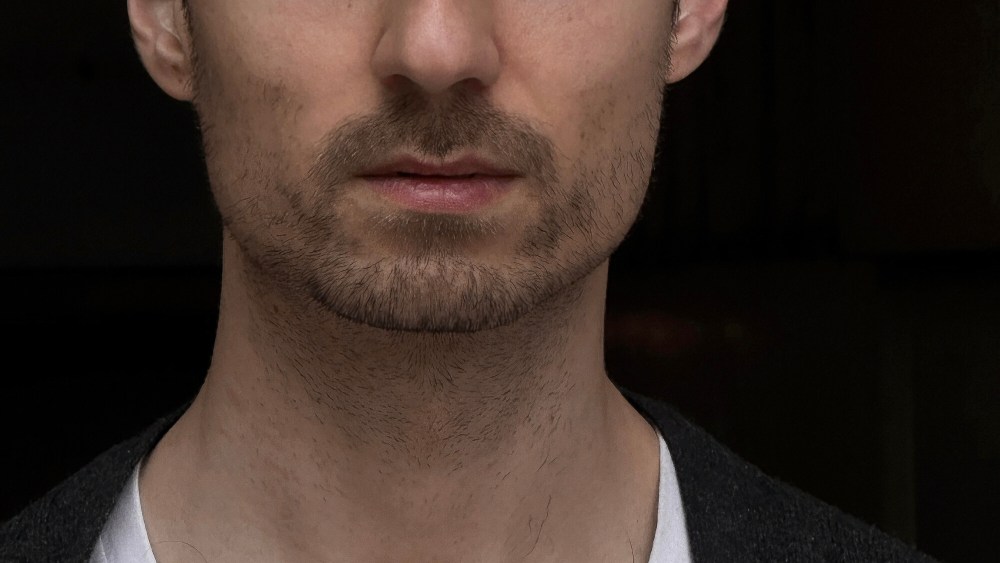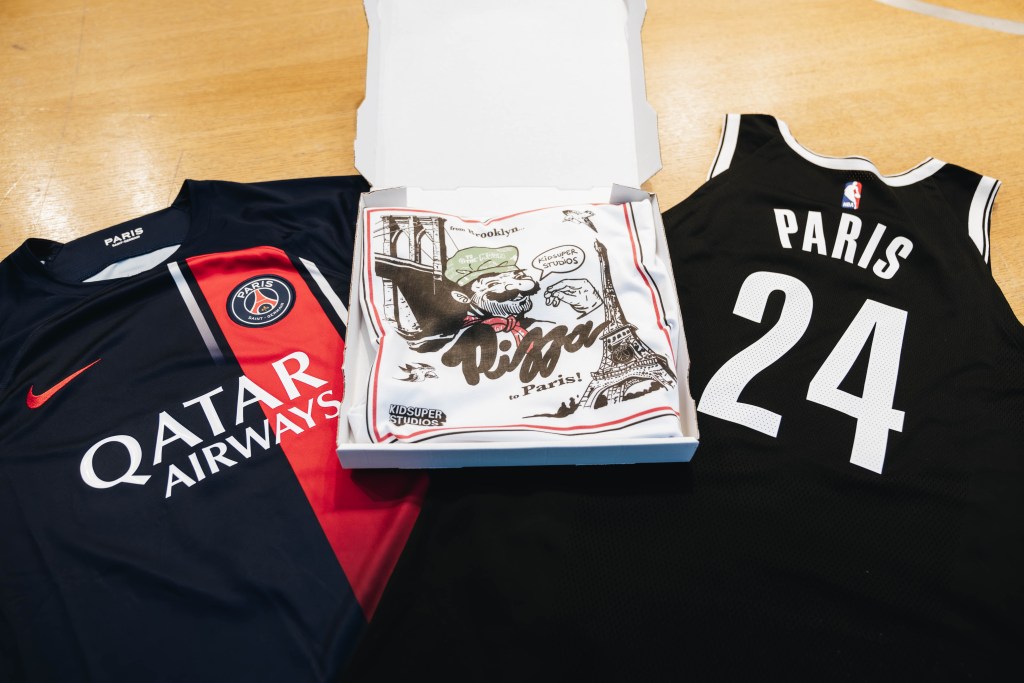PARIS — Putting on a couture show wasn’t exactly what Gabriel Figueiredo had in mind when he started working on the spring 2025 collection of De Pino.
But after putting a year’s worth of embroidery, handcraft and tailoring into his four-year-old genderless label, the Paris-based designer felt the lineup deserved a bigger-than-usual stage.
While doing “proper couture” is a career goal for 34-year-old Figueiredo, he’s adamant that the brand remains a ready-to-wear line — for now.
“I just wanted to make a collection that really shows my vision 100 percent and how I want to present myself as a designer,” he said. “I really want people to feel that [De Pino] is made by people who really love fashion and are passionate about craftsmanship, image and everything that really makes fashion.”
You May Also Like
So what better audience for this than Paris Couture Week, where the brand will make its runway debut at 5:30 p.m. on Tuesday?
A 2017 graduate of La Cambre’s fashion design MA program, Figueiredo had long been skating the line between wearable and dramatic, owing to his long-held interest in craftsmanship and the love for visual storytelling he discovered during his studies.

The latter led him to the photo studio rather than the design one for his first professional steps, but after working as an assistant for likes of stylists Georgia Pendlebury and Camille Bidault Waddington, he found that he really missed the craft part of fashion.
“That’s when I started working as an embroiderer at Maison Margiela,” where he still freelances on the Artisanal line, he said.
The opportunity to work on this came with the forced downtime due to France’s first COVID-19 lockdown in March 2020, when he put down the foundations for his genderless label.
Though his intention was and remains creating garments for “every body and every gender,” Figueiredo found womenswear to be a more interesting starting point than men’s.
“I see the women’s wardrobe as funnier than the men’s one,” the designer said. “What’s really driving my brand is the idea that fashion is like a game we play with clothes, there’s something a bit childish and pure.”
Describing the De Pino wearer as someone who loves fashion as much as Figueiredo does, the designer said his references were equally rooted in the history of fashion as they are in tongue-in-cheek observation of the industry’s characters.
After all, his favorite childhood character is infamous Disney villain Cruella de Vil. “She lives for fashion and she’s so extremely sophisticated that it becomes a parody of fashion,” he pointed out.
Par for the course then is a dash of irony in his exaggerated silhouettes playing with shoulder pads, oversize collars or ballgown-like bottoms.
“I think there’s also a dialogue between loving but also mocking fashion and embracing the absurdity. Most people that aren’t doing fashion [find it] ridiculous and absurd, but that’s actually what I love about fashion,” he continued. “It’s rare in our society that we are able to do something with so much handwork and laughter that also celebrates the absurdity of life.”
He named the label after his grandmother, who taught him how to sew. Giving it a moniker that wasn’t his own last name but had a deep connection to him nonetheless was a way to keep work separate.
“This is my work and not me as a person. I want this project to be something on its own and if it [bore] my name, it would be maybe harder to project onto it,” he explained. “Also, [in a brand] you work as a team, so it made more sense to have a name that isn’t my own name because I’m not the only person who’s working on this.”
The brand launched in December 2020 digitally and quickly caught the attention of stylists, who found De Pino’s eye-catching yet wearable approach attractive.

His designs have since been spotted on French singer-songwriter Héloïse Letissier, best known as Christine and the Queens, American singer Caroline Polachek and Hailey Bieber during the 2022 Coachella festival.
Priced from $400 for shirts and up to $1,500 for coats, the label also took part in the Tranoï trade show and garnered orders from a clutch of edgy multibrand retailers such as Apoc in London, Casimir Pulaskiday in Tokyo and Nolm in Sydney, Australia. It is also now stocked in the shop at the Villa Noailles in Hyères.
But for Figueiredo, budding success just meant it was time to dial it up a notch to show what he’s really about.
The starting point to his spring 2025 collection was early memories of fashion in the late 2000s, an era that left him with an impression of sophistication but also a sense of darkness and mystery to the era.
“This is really something that shaped my taste,” he said. “It was mainly fancy dresses and high heels so there was something really fashion about [the era] that I really like and that I miss a little bit nowadays.”
Expect hints of Nicolas Ghesquière’s fall 2006 lineup for Balenciaga, the final collections by Martin Margiela as well as Prada’s 2009 from a lineup that he intends as “a tribute to designers who gave me the will to make great things.”
But the June runway won’t be the last you see of these influences. The De Pino spring 2025 collection will be continued in September with a more commercial spin, while the designer doesn’t rule out staging a yearly rather than seasonal runway show.
“It’s nice to really have time work on new ideas. For me, [the collection] was also a way to process and imagine what could be next for De Pino,” he said. “It really made me realize that I have these really strong references. But what do I want to do now?”



